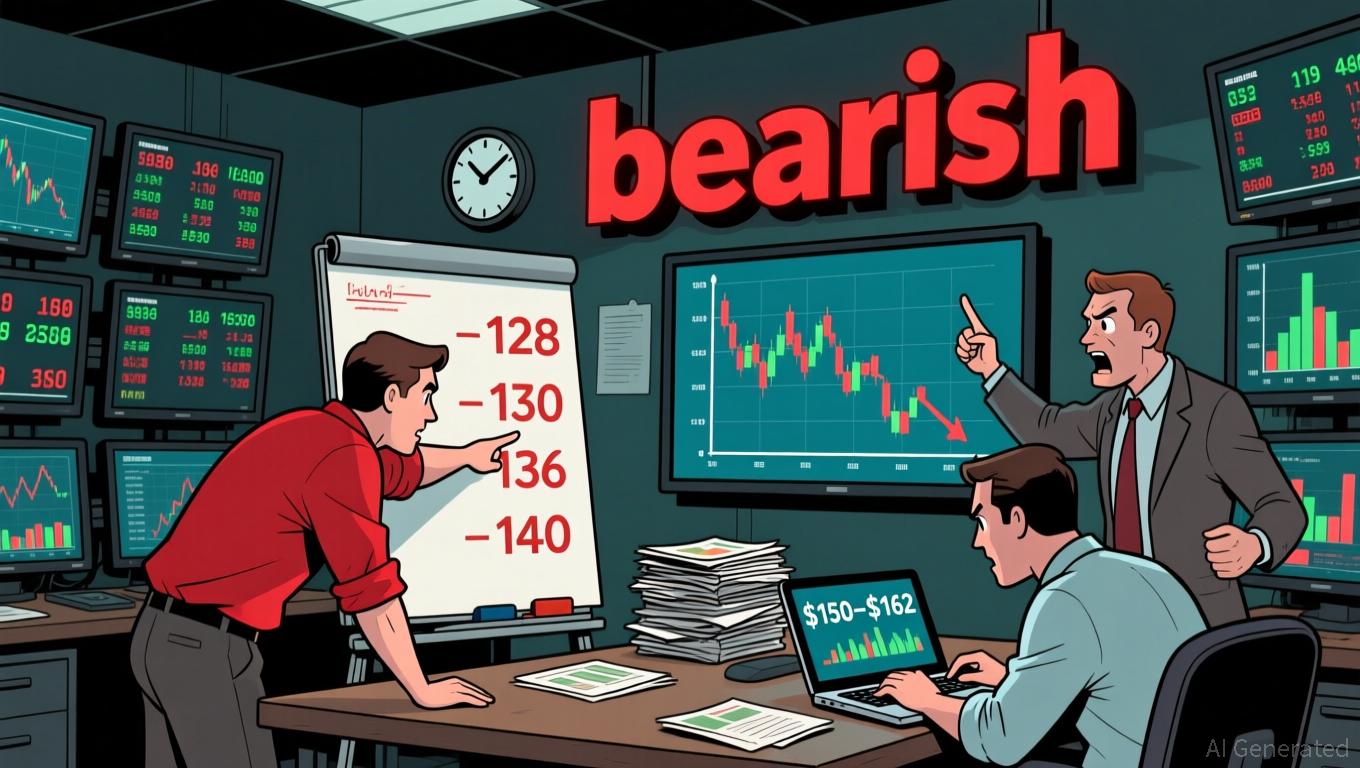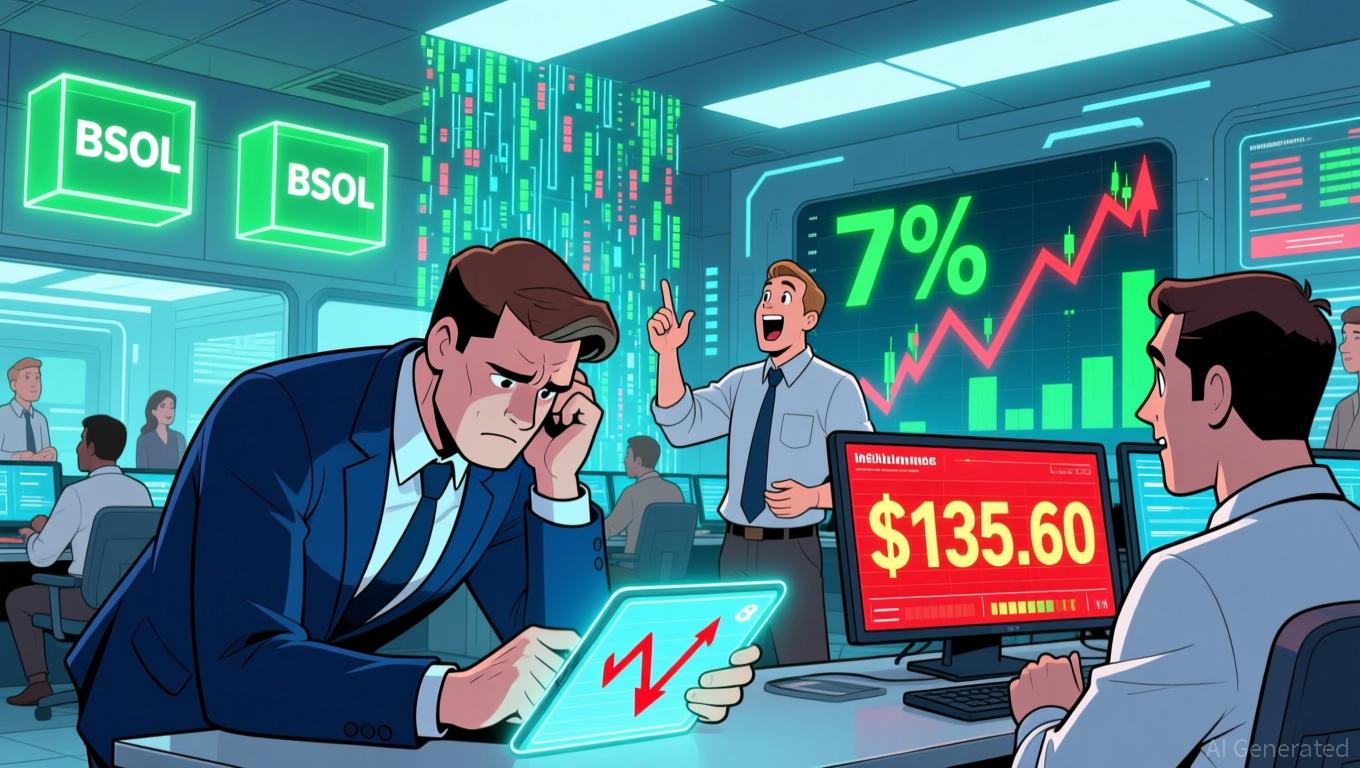Large Crypto Token Unlocks Drive Prices Lower Within Two Weeks, Research Suggests
Unlocks are staggered releases of cryptocurrencies that had been frozen to prevent early investors or project team members from selling in large numbers.

If you have been following the crypto market for a while, you have probably heard of . The process refers to staggered releases of specific amounts of cryptocurrencies that had been frozen to prevent early investors or project team members from selling in large numbers.
Unlocks and are widely considered bearish, though some observers say they only the existing market trend.
New research by analytics firm The Tie shows coins, on average, declined in the lead-up to the event. However, when the liquidity freed up represented more than 100% of the average daily volume, prices quickly recovered, only to fall deeper within two weeks following the unlock. The firm conducted a study of over 350,000 unique unlock events involving more than 100 tokens.
"In cases where the unlock represented more than 100% of the average daily volume, prices tended to rebound faster, albeit for a brief period. This could be attributed to traders feeling relieved that the unlock did not flood the market with new tokens immediately," Lawrence Lewitinn, the director of content at The Tie, wrote in Wednesday's newsletter.
"Nonetheless, within two weeks, prices of tokens facing such significant unlocks fell below their initial levels at the time of the unlock," he wrote. "This may suggest that holders preferred to wait a few days before selling into the market."
The Tie's research also showed an exponential increase in trading volumes in coins that saw large unlocks.

Edited by Sheldon Reback.
Disclaimer: The content of this article solely reflects the author's opinion and does not represent the platform in any capacity. This article is not intended to serve as a reference for making investment decisions.
You may also like
Solana News Today: Solana Challenges $130 Support Level: Will ETF Inflows Offset Negative Market Trends?
- Solana (SOL) tests $130 support as price falls below $140, with technical indicators signaling bearish consolidation below key moving averages and resistance at $136. - Institutional adoption accelerates via VanEck's U.S. spot Solana ETF, managed by SOL Strategies through its Orangefin validator node, joining Bitwise and Grayscale in attracting $382M inflows. - Price remains range-bound near $155 amid mixed signals: ETF inflows provide partial support, but RSI/MACD remain bearish, with $162 breakout pote

Solana News Today: Solana ETFs Attract Investments While Bitcoin and Ethereum ETFs See $437M Outflow
- Solana (SOL) fell to $135.60 in November 2025 amid bearish trends, but new ETFs drove inflows surpassing Bitcoin/Ethereum outflows. - Bitwise's BSOL ($365M) and Fidelity's FSOL (0.25% fee) led competition, offering institutional-grade staking yields (~7%) to attract investors. - BlackRock avoided Solana ETFs, prioritizing Bitcoin/ETH due to altcoin liquidity concerns, despite $437M outflows in its own crypto ETFs. - Rising Solana futures open interest and fee waivers ($1B threshold) highlight ETF-driven

Retail vs. whales: Who actually drives the Santa rally?

Ethereum News Update: Crypto Market Divides: Stability or Speculation Amid BlockDAG’s Rapid Growth
- Dogecoin (DOGE) maintained top-ten crypto status in early November 2025 amid market volatility, contrasting with Chainlink's (LINK) uncertain whale activity ahead of delayed U.S. CPI data. - BlockDAG (BDAG) raised $435M in its presale using hybrid Proof-of-Work/DAG architecture, with analysts projecting $0.3–$0.4 launch price and potential 3,000% returns. - Chainlink's price divergence from RSI and whale accumulation of 150,000 LINK ($2.36M) signaled possible trend reversal above $18.76 or bearish confir

